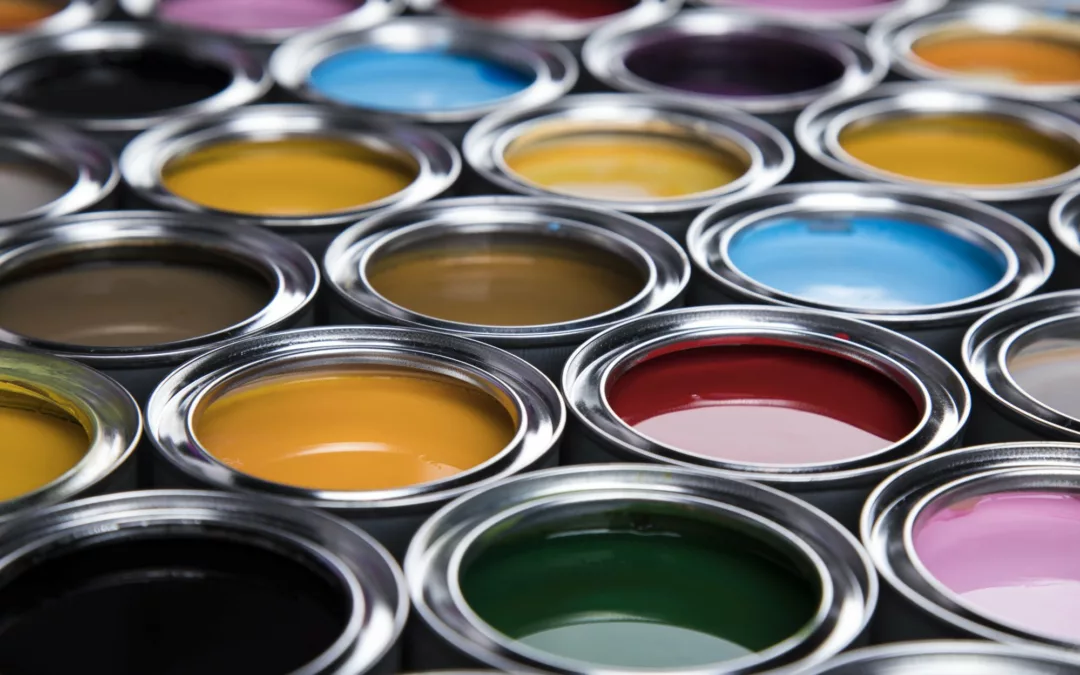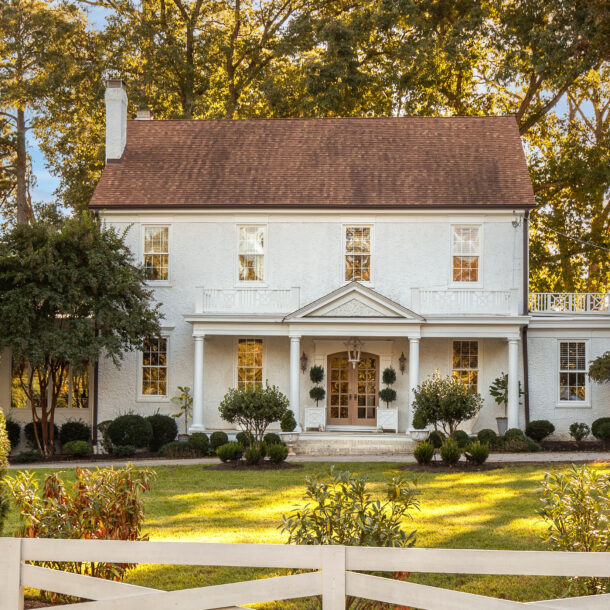One of the easiest ways to spruce up your home’s appearance is with a fresh coat of paint. You can go zany with your colors and get something that really pops. Alternatively, you could color-coordinate your trim and walls for something modern and stylish.
However, it’s essential that you don’t make the mistake of using the wrong type of paint on the wrong walls. Your home’s exterior is subject to all kinds of weather conditions that could deteriorate the wrong kind of paint.
Here’s what you should know about the difference between interior and exterior paint before you make any big purchases.
What Makes Up Your Paint
All paint is made up of the same basic ingredients: resins, additives, solvents, and pigments. You may also find paints that double as primers.
The solvent gives the paint its texture. As the solvent dries, it leaves behind the part of the paint that sticks around.
The pigment is what gives it color, while additives provide additional properties. The resin helps the pigment and additives adhere to the surface.
While exterior and interior paint may use the same pigments, they do not use the same kinds of additives or resins.
Difference Between Interior and Exterior Paint
While both types of paint use similar ingredients, they ultimately serve different purposes and face different variables. Your exterior paint needs to survive constant exposure to sunlight, rainy weather, and pests. Your interior paint doesn’t need to hold up to nearly as many damaging factors.
Exterior Paint Qualities
First of all, your exterior paint needs to provide protection against moisture and ultraviolet radiation. It may also need to defend against fungal growth.
It needs to be fade-resistant but also flexible. Normal paints may be subject to cracking or bubbling.
Finally, exterior paint may release volatile compounds that could be unsafe in indoor conditions.
Even if you buy the right kind of paint, you’ll still need to repaint your exterior at some point. This timeline can be accelerated by things like climate, weather patterns, and how often you clean your home’s exterior.
Interior Paint Qualities
On the flip side, interior paint is all about aesthetics and appearances. It doesn’t have to hold up against weather patterns or wild animals. Instead, you want your interior paint to be more easily maintained and resist dampness.
More importantly, interior paint has much fewer volatile organic compounds than exterior paint. This reduces health risks for homeowners and helps to preserve your indoor air quality.
Keep in mind that you may need to apply primer before painting your interior walls, depending on the wall’s materials.
The last thing you want is for your interior paint ideas to not stick. Primer helps prevent your top coat of paint from absorbing into porous surfaces. Some absorbent or porous wall materials include drywall and wood.
Interior and Exterior Paint Finishes
When choosing your paint, you’ll also need to decide on the kind of finish you want. Not all finishes are made for the same purposes, and that may involve utilizing different ones even within different rooms of your house.
Matte or Flat Finish
A matte finish is one of the classic options that doesn’t have a shine to it and absorbs light. This is typically used on ceilings or door trims that won’t encounter much contact with people.
While a matte finish can work on your wall, it is porous and can fade over time. As such, you generally won’t use it on your exterior walls.
Eggshell Paint Finish
An eggshell finish is slightly shinier than a flat finish. This is one option that works in most applications.
It’s more durable than flat paint, so you can power wash it if needed. It can also work well on both interior and exterior walls since it can stand up to precipitation and seasonal weather patterns.
Satin Finish
Satin paint provides a good amount of sheen and is highly durable. This type of paint resists peeling and mildew, which makes it great for outdoor areas.
The only problem is that the shininess of satin paint can magnify imperfections like dents or cratering in your wood trim and wood siding. However, you’ll get better UV protection that can prevent fading.
Semi-Gloss Finish
A semi-gloss finish is best used on surfaces that you’d normally clean frequently anyway. It’s more durable than satin paint and can handle harsher weather conditions.
You may want to use semi-gloss paint on your garage doors, front doors, and railings. It’s also a good option for trim details.
High-Gloss Finish
The shiniest paint option for your home is high-gloss. While this is the most durable type of paint, it’s not ideal for painting your home’s exterior.
Due to its sheen, high-gloss paint can make your house look plastic. Instead of accentuating your home’s aesthetic, it’ll make it look garish.
The best way to use high-gloss paint is by highlighting architectural details and decorative fixtures. Let it accent certain features rather than covering your walls with it.
Best Applications for Each
If you’re getting ready to paint your indoor walls, then your best options will be flat, eggshell, and satin paint. Anything shinier than that should be reserved for trim details. In addition, don’t use matte paint in a room with higher humidity like your bathroom.
You may also want your exterior walls either satin or eggshell. While you can opt for a semi-gloss, you should generally avoid high-gloss for anything other than detail work.
Keep in mind that walls in your garage are considered interior walls. Avoid matte paint, but don’t expect to need special exterior paint for them.
Hire the Right Residential Painting Company
Now that you know the difference between interior and exterior paint, you can look for residential painting services in your area. Make sure to check what kinds of paint they’re using so you don’t waste your money. They should be more than willing to walk you through every step of the process.
Widespread Solutions offering residential painting services in Richmond and its surrounding areas. We also offer both commercial and historic painting as well. Contact us for more information and to get a quote.


